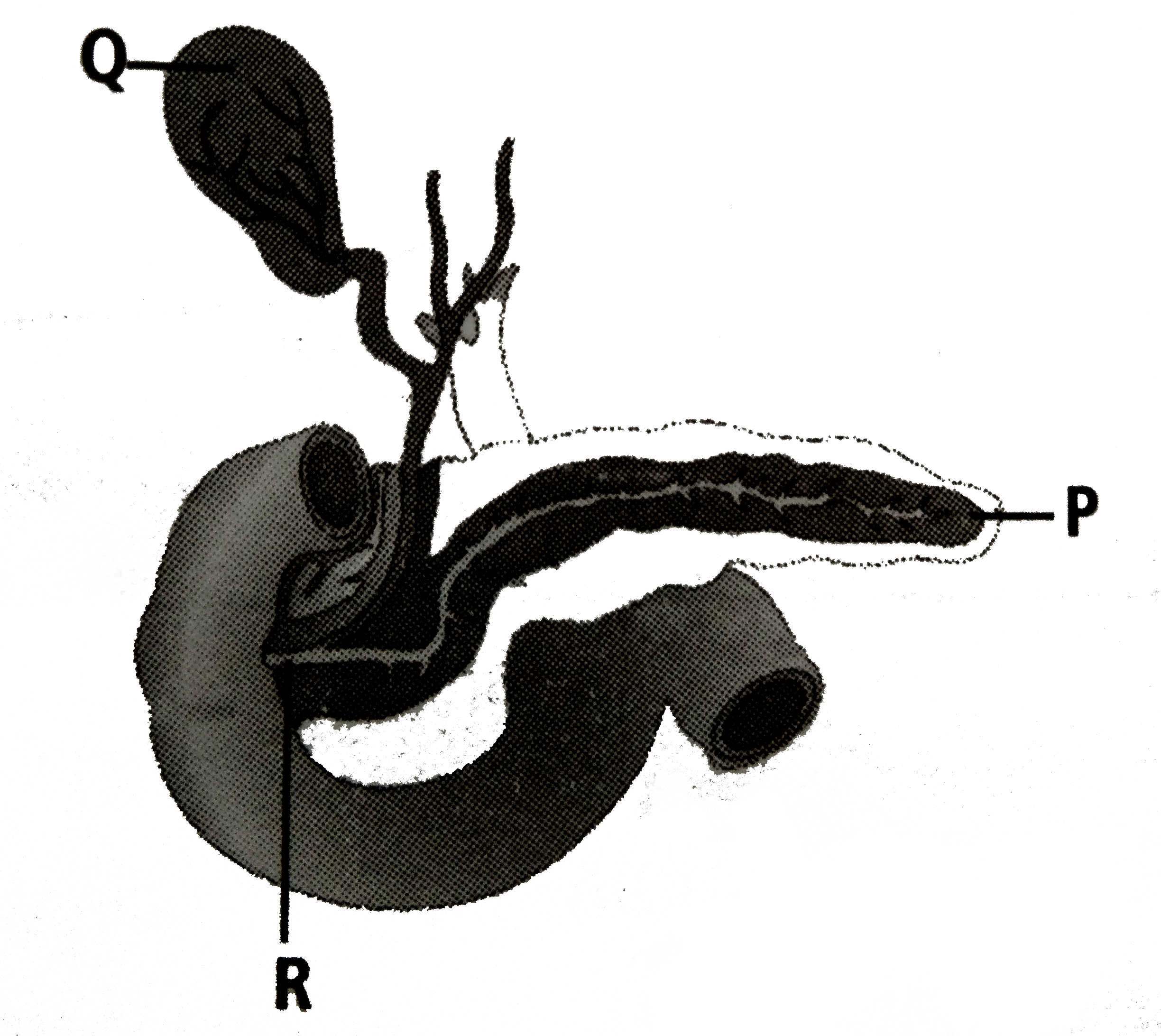Select Incorrect option given below in relation to cancer.
Cell division and diferentiation in cancer cells is not regulated by contact inhibition
They starve normal cells by competing for vital nutrients
Malignant tumors causing cancer are invasive and undergo metastasis
ionizing radiations like X-rays and rrays are responsible for transfomation of oncogenes into proto-oncogenes.
To solve the question regarding which option is incorrect in relation to cancer, we will analyze each of the given statements one by one.
1. Analyze the First Statement:
- The statement claims that "cell division and differentiation in cancer cells is not regulated by contact inhibition."
- Explanation: In normal cells, contact inhibition prevents excessive cell division when cells come into contact with each other. Cancer cells, however, do not respond to this mechanism and continue to divide uncontrollably.
- Conclusion: This statement is correct.
2. Analyze the Second Statement:
- The statement claims that "they starve normal cells by competing for the vital nutrients."
- Explanation: Cancer cells grow rapidly and consume more nutrients than normal cells, often leading to nutrient depletion in the surrounding normal tissues.
- Conclusion: This statement is correct.
3. Analyze the Third Statement:
- The statement claims that "malignant tumors causing cancer are invasive and undergo metastasis."
- Explanation: Malignant tumors have the ability to invade nearby tissues and spread to other parts of the body through the bloodstream or lymphatic system, a process known as metastasis.
- Conclusion: This statement is correct.
4. Analyze the Fourth Statement:
- The statement claims that "ionizing radiations like accessible for transformation of oncogenes into proto-oncogenes."
- Explanation: Ionizing radiation can cause mutations that convert proto-oncogenes (normal genes that can become oncogenes) into oncogenes. The statement incorrectly suggests that ionizing radiation transforms oncogenes into proto-oncogenes, which is not accurate.
- Conclusion: This statement is incorrect.
Final Answer:
The incorrect option in relation to cancer is option D.
- The statement claims that "cell division and differentiation in cancer cells is not regulated by contact inhibition."
- Explanation: In normal cells, contact inhibition prevents excessive cell division when cells come into contact with each other. Cancer cells, however, do not respond to this mechanism and continue to divide uncontrollably.
- Conclusion: This statement is correct.
- The statement claims that "they starve normal cells by competing for the vital nutrients."
- Explanation: Cancer cells grow rapidly and consume more nutrients than normal cells, often leading to nutrient depletion in the surrounding normal tissues.
- Conclusion: This statement is correct.
- The statement claims that "malignant tumors causing cancer are invasive and undergo metastasis."
- Explanation: Malignant tumors have the ability to invade nearby tissues and spread to other parts of the body through the bloodstream or lymphatic system, a process known as metastasis.
- Conclusion: This statement is correct.
- The statement claims that "ionizing radiations like accessible for transformation of oncogenes into proto-oncogenes."
- Explanation: Ionizing radiation can cause mutations that convert proto-oncogenes (normal genes that can become oncogenes) into oncogenes. The statement incorrectly suggests that ionizing radiation transforms oncogenes into proto-oncogenes, which is not accurate.
- Conclusion: This statement is incorrect.
The incorrect option in relation to cancer is option D.
Topper's Solved these Questions
Similar Questions
Knowledge Check
Select an incorrect option regarding the given figure
 Aa) P is a compound gland with exocrine and endocrine sectionsBb) R is formed from duct of gall bladder along with the hepatic ductCc) R is guarded by a sphincter of OdiiDd) Q stores bile which is actually produced in liver
Aa) P is a compound gland with exocrine and endocrine sectionsBb) R is formed from duct of gall bladder along with the hepatic ductCc) R is guarded by a sphincter of OdiiDd) Q stores bile which is actually produced in liverSelect the incorrect option regarding the given figure
 AD is parietal lobe which registers sensory perceptionsBA is occipital lobe which decodes and interprets visual informationCB is temporal lobe which is associated with memory and emotionDC is cerebellum which controls muscular activities
AD is parietal lobe which registers sensory perceptionsBA is occipital lobe which decodes and interprets visual informationCB is temporal lobe which is associated with memory and emotionDC is cerebellum which controls muscular activities

